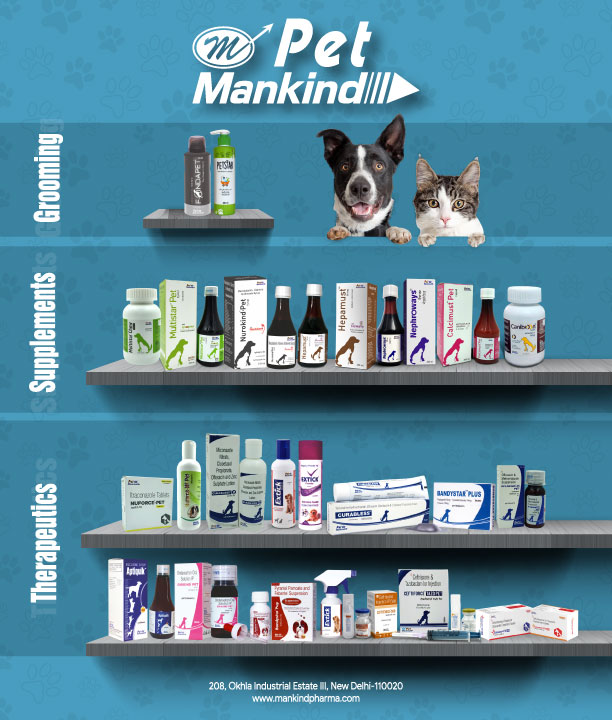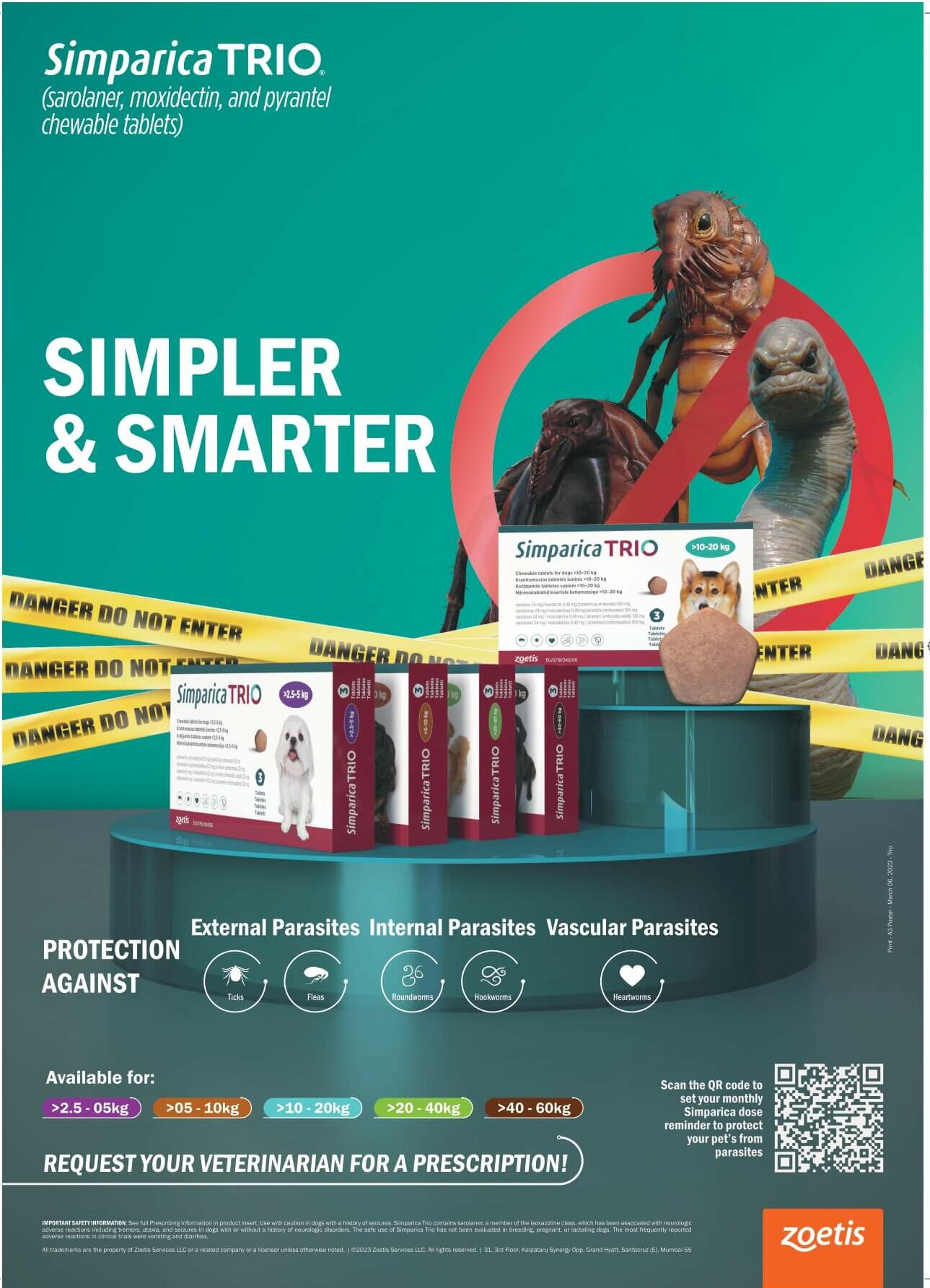
Even with winters gone, sometimes canine coughs remain
Winters can be hard on the respiratory health of canines. Here we’ll explore the subtleties of how freezing temperatures might affect our pets’ ability to breathe.
Winter’s disruptive challenges
1. Airway constriction
This happens due to cold air and breathing becomes more difficult. Dogs may pant or breathe laboriously because of increased respiratory exertion. The symptoms would be more noticeable in dogs who already have respiratory problems, such as the brachycephalic breeds (French Bulldog, Pug, Bullies, Boxer, etc) with short noses. These breeds already struggle with smaller airways, the cold exacerbates it.
2. Indoor Air Quality and Irritants
The usage of central heating systems and wood-burning stoves indoors produce fine particulate matter into the atmosphere. The fragile respiratory passages of dogs might become irritated by these particles as well as the dryness of indoor air. The inflammation may cause symptoms like coughing and wheezing, or it may even make asthmatic conditions worse. In order to support dogs’ respiratory health during the winter, maintaining excellent indoor air quality becomes essential.
Signs and symptoms
Watch out for coughing, laboured breathing, rapid breathing even while at rest, open-mouth breathing, increased restlessness, loss of energy and appetite, nasal discharge and fainting or collapsing, with the latter being an emergency requiring immediate attention.


What you could do to help mitigate respiratory issues
Winter’s negative effects on a dog’s respiratory system can be lessened by the following habits:
a)- Dogs love to play outside, but it’s best to keep them inside during extremely cold weather. Reduced exposure to the cold air lowers the possibility of airway constriction and discomfort brought on by the cold air.
b)- The importance of creating a cozy indoor environment cannot be overstated. Think about bringing in soft bedding and making sure your indoor heating systems are maintained properly.
c)- It’s important to maintain excellent indoor air quality. Do not subject dogs to irritants such as smoking, powerful odors, and other things that can cause respiratory distress. Air purifier use and routine ventilation can both make a big difference in the quality of indoor air.
d)- It’s critical to keep track of any changes in your dog’s breathing patterns. It’s important to pay attention to any increased panting, wheezing, or respiratory distress symptoms. Quickly seeking veterinarian advice can help with early intervention and proper management.
e)- Seek Veterinary help and keep in touch with them to ensure that your pet is in excellent health. Routine blood work/ blood tests and diagnostics can help diagnose any respiratory ailment at its sapling stage and hence, treatment can be initiated accordingly.
f)- Homeopathic remedy- Wheez-go for pets, for managing wheezing and associated symptoms.
Even though there are subtle difficulties, it is important to understand that the respiratory health of our beloved friends is deeply linked to their overall well-being. We set out on a path to protect their vigour and quality of life by comprehending the intricacies of canine respiration and proactively tackling the effects of winter. The relationships between humans and dogs transcend the cold in this story about breathing together, reminding us of the enduring warmth that comes from kindness, compassion, and the balance of a life lived to the fullest.










 " >
" >
 " >
" >